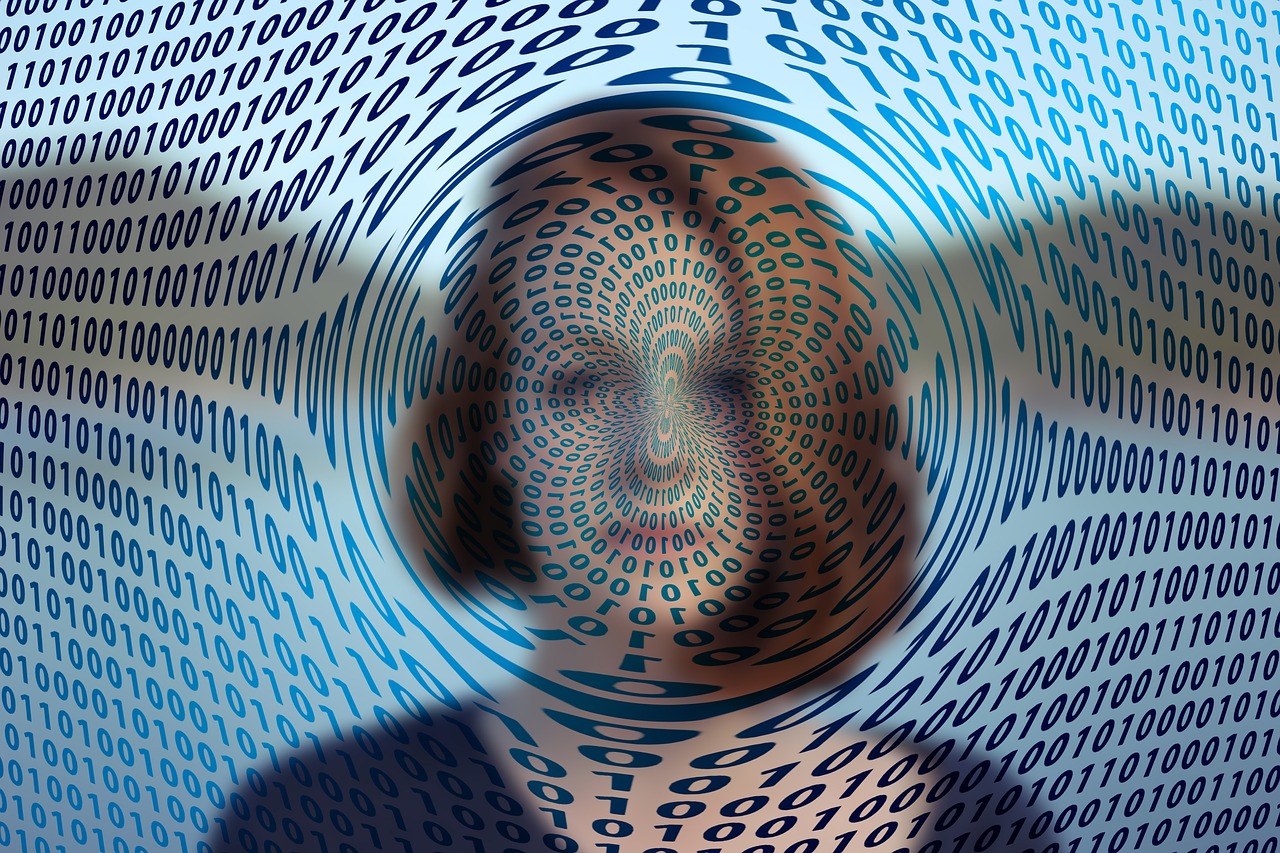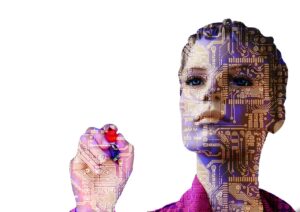Data visualization has become crucial in various fields, including science, technology, medicine, and business. With the increasing significance of data in decision-making, data visualization has become more critical than ever. This post will provide an overview of the history of data visualization, highlight the latest advancements, and explore expectations for the near and longer future.
A Brief History of Data Visualization
Data visualization had existed since prehistoric times when early humans used cave drawings to communicate information. For instance, the cave paintings of Lascaux in France depict various animals and hunting scenes, suggesting that the early humans used data visualization to record and communicate their experiences.
In the 17th century, humanity used tables and graphs to represent data. The first graphical representation of data was a histogram created by the English mathematician John Graunt in 1662, which showed the number of deaths by age group in London. In the following centuries, scientists developed various visualization techniques, including line graphs, bar charts, and pie charts. William Playfair, a Scottish engineer, and political economist, is credited with inventing these visualization techniques in the 18th century. He used line graphs to show the price of wheat, barley, and oats in England over 250 years and pie charts to illustrate the distribution of taxes in France.
Data visualization became more widespread with the emergence of computers and statistical software in the 20th century. We developed interactive computer graphics in the 1960s and 70s, allowing users to manipulate real-time data. We also developed advanced software in the 1980s and 90s, including the statistical software SAS and the graphics software S-PLUS. These software programs allowed users to create more sophisticated visualizations and analyze data more efficiently.
In the early 2000s, we developed web-based visualization tools, leading to the emergence of new data visualization techniques and tools. For instance, D3.js, a popular open-source visualization library, was formed in 2011. It allowed developers to create interactive visualizations using web technologies such as HTML, CSS, and JavaScript.
The Importance of Data Visualization
Data visualization is crucial today because we live in a data-driven world where we generate data at an unprecedented pace. According to IBM, we generate 2.5 quintillion bytes of data daily, and leading scientists in this field of expertise expect this number to keep growing. This data comes from various sources, including social media, sensors, mobile devices, and other digital technologies. Humans can’t make sense of all this data without the help of visualization tools.
Data visualization enables users to quickly and easily understand complex data sets. Visualization tools allow users to see patterns, trends, and relationships in their data that would be difficult or impossible to detect using traditional methods. By presenting data in a visual format, users can quickly understand what the data tells them and make informed decisions based on that understanding.
Furthermore, data visualization allows users to communicate complex ideas and insights to others effectively. Visualization tools enable users to create engaging and interactive visualizations that users can share with others. Interactive visualizations users can share are particularly important in business settings where data must be communicated effectively to stakeholders, customers, and partners.
Moreover, data visualization is essential for data exploration and hypothesis testing. Visualization tools enable users to explore their data and test hypotheses quickly and easily. Users can experiment with different visualizations and see how their data behaves under other conditions, allowing users to identify patterns and relationships that might not be apparent using traditional methods.
Finally, data visualization is crucial in identifying insights and opportunities in data that you might otherwise miss. By presenting data visually, users can quickly identify outliers, anomalies, and trends that might indicate significant insights or opportunities. Getting these substantial insights and opportunities is particularly important in areas such as business intelligence and market research, where the ability to identify opportunities quickly and act on them can be the difference between success and failure.
Latest Advancements in Data Visualization
Recent advancements in technology have led to significant developments in data visualization. Interactive data visualization allows users to explore and analyze data in real time. Interactive visualizations can take many forms, such as scatter plots, heat maps, and choropleth maps. Scatter plots, for instance, allow users to plot two variables against each other, while heat maps enable users to visualize data distribution across a geographic area. Choropleth maps, on the other hand, use color to represent different values in different regions.
Big data visualization tools enable users to analyze large and complex datasets. Big data refers to datasets too large to be processed by traditional data processing techniques. Big data visualization tools like Tableau and Power BI allow users to visualize and analyze large datasets quickly and efficiently. These tools use data aggregation and filtering techniques to give users insights into their data.
Machine learning and AI algorithms generate complex data that visualization tools can help make sense of. For instance, natural language processing algorithms can extract insights from unstructured text data, such as social media posts and news articles. You can then use visualization tools to represent these insights visually. Similarly, you can use deep learning algorithms to analyze image data, such as medical images and satellite imagery. You can then use visualization tools to represent the insights generated by these algorithms.
3D visualization has become increasingly popular, and virtual and augmented reality technologies have opened up new possibilities for data visualization. 3D visualization allows users to represent data in three dimensions, providing a more immersive and interactive experience. Virtual and augmented reality technologies, on the other hand, allow users to interact with data in a virtual environment. For instance, you can use virtual reality to represent geographic data, allowing users to explore different parts of the world and see data from different perspectives. Augmented reality, on the other hand, can be used to represent data in a real-world setting. For example, a user could use their smartphone to view data about a city, with the data overlaid with the user’s view of the city.
Expectations for the Near Future
Soon, data visualization is likely to become even more sophisticated and powerful. We can expect significant developments in AI and machine learning algorithms to generate insights from data. These algorithms are becoming increasingly advanced, and as a result, the insights they generate are likely to become more complex. Visualization tools will be crucial in helping users make sense of these insights.
Another area where we can expect to see developments is in the use of virtual and augmented reality. As these technologies become more advanced and widely adopted, they will probably be used more frequently in data visualization. For example, you can use augmented reality to represent data about a product, with the data that overlays the product itself.
We can also expect to see further developments in 3D visualization. As technology advances, it will become easier and more cost-effective to create 3D visualizations, allowing more businesses and organizations to take advantage of this technology and create more immersive and interactive visualizations.
Finally, we can expect to see continued developments in using big data visualization tools. As datasets grow in size and complexity, these tools will become increasingly crucial in helping users make sense of their data. We can expect to see new features and functionality added to these tools, such as automatically analyzing data in real-time and generating insights.
Expectations for the longer future
In the longer term, we can expect even more significant developments in data visualization. One area where we can expect to see results is in the use of brain-computer interfaces (BCIs). BCIs allow users to interact with computers using their thoughts, and they have the potential to revolutionize the way we interact with data. For example, a user could use a BCI to manipulate a 3D visualization using their thoughts.
Another area where we can expect to see developments is in the use of quantum computing. Quantum computers can process vast amounts of data more quickly than traditional computers, enabling users to analyze and visualize even larger and more complex datasets than is currently possible.
We can also expect developments using generative adversarial networks (GANs) in data visualization. GANs are machine learning algorithms that can generate images and other visual data. As these algorithms become more advanced, we can expect to see them used to create more realistic and sophisticated visualizations.
Finally, we can expect further developments in virtual and augmented reality technologies. As these technologies become more advanced, we can expect to see them used in new and innovative ways in data visualization. For example, virtual reality creates immersive visualizations of data users can explore and interact with in real-time.
Final Thoughts
Data visualization has come a long way since the days of cave paintings and tables and graphs. Recent technological advancements have led to significant developments in data visualization,0 including interactive visualizations, big data visualization tools, and 3D visualization. Looking to the future, we expect to see even more significant developments, including AI and machine learning algorithms, virtual and augmented reality technologies, brain-computer interfaces, quantum computing, and generative adversarial networks. These developments will enable users to interact with data in new ways, allowing for more personalized and intuitive data experiences.
As we move into an increasingly data-driven world, making sense of data and communicating this data will become even more critical. Data visualization will play a central role in this process, enabling users to make informed decisions based on data-driven insights.
Feel free to contact me if you have questions or in case you have any additional advice/tips about this subject. If you want to keep me in the loop if I upload a new post, subscribe so you receive a notification by e-mail.





